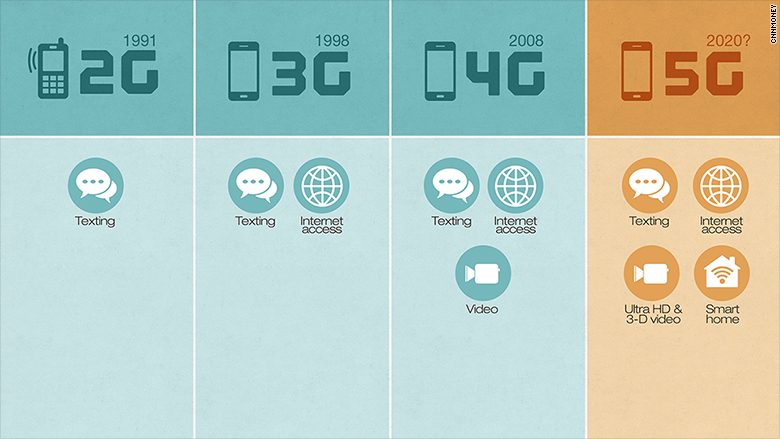The health consequences of the 5G radiation are being debated. However, one study suggests a link between RF radiation and cancer in male rats. The study was classified before it was declassified on the 12th of December 2012 by the Central Intelligence Agency, but it shows that radiofrequency can be a cause of cancer for animals which includes humans. Researchers subjected male animals to radiation for a period of 15 days. They discovered that they developed the similar types of cancers humans do.
Health impacts of 5G radiation
While the rapid growth of wireless communications have led to creation of 5G technologies however, there is a growing concern about the health impacts of radiation from 5G. While the higher frequencies may not affect the body as much as the older technology, researchers have identified potential health effects that are systemic and have called for further studies. To ensure that the population is protected to protect the population, the European Commission is requesting independent studies to determine if this technology is posing any health risks.
It is crucial to remember that there is a significant amount of misunderstanding about the health effects of 5G, and it is crucial to clear any misunderstandings that may persist. Although the technology isn't yet widespread but there are a lot of people who are being warned that it can cause health issues typically via social networks, where hyperbolic use of language is commonplace.
Beamforming technique
Beamforming is among the most important technologies for the 5G wireless networks. It is a method of operation that uses multiple radiating elements to create narrow beams. The aim for beamforming is reduce how much unwanted radiation is reflected in the signal that results. 5g radiation symptoms is widely used for wireless communication systems, and is vital to the 5G's cost-effective coverage.
The method works by electronically weighing the signals of each antenna. This creates a small beam of radiation that enhances coverage of cell phones indoors as well as around cell edges. does 5g emit radiation is vital since poor coverage could result in low user satisfaction. In addition to increasing the signal beamforming can help reduce the amount of interference that a user encounters from other devices.
Power density
The energy density of 5G radiation coming from mobile towers should be similar to the previous generation of 4G and 3G systems. A reason that lower is the sensitiveness of electronic components. The highest radiation output of the 2G handset was around 2 Watts. The output of 4G phones was approximate 200 milliwatts.
The power density is how much electromagnetic energy is absorbed by the body at a certain distance. The power density of 5g radiation is usually expressed in watts per square meters. In contrast to the SAR measurement, power density is a measurement of the amount of electromagnetic energy that can be found in a given space. The parameters for power density can be different for mobile devices and wearables according to their operating frequencies and distance.
Specific absorption
The Specific Absorption Rate (SAR) can be described as a parameter that measures the rate at which a particular frequency depositions power in human tissues. In general, a SAR value should not exceed two Watts per kilogram of body mass. This figure is derived through the electrostatic field within the tissues and the mass density, which is measured in kilograms per cubic meters. The method was recent used to determine the antenna design.
The latest radio technology that comprise the network 5G work at frequencies that are below 6 GHz. These frequencies are referred to as millimeter waves. However, The FCC's SAR compliance program is only applicable to frequencies up six GHz. In addition to that, the SAR test demands that measurements be conducted using phantoms that contain tissue simulating media.
Skin health and its effects

Currently, we know very little about the impacts of 5G radiation in the body. The current knowledge is limited due to the absence of in-vivo experiments and theoretical models. There is however an urgent need for further studies of the effects of 5G radio frequency radiation on the human skin. Utilizing 5G radio frequencies may cause skin damage specifically to the epidermis, an extremely sensitive organ.
Contrary to 4G, 5G's radiation has a high frequency which has been proven to increase the temperature of human body tissues. Human body is dipolar, which means that the increased frequency of 5G radio waves could cause heat in the skin. The exposure to radio frequencies from 5G may be detrimental to other organs of the body, such as the brain.
